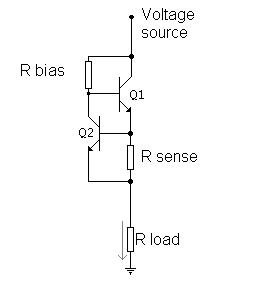Hi,
If we are designing a 802.3bt system, where we are pushing 90W ( from the PSE ), this implies about 900mA per pair. If one of the pairs breaks, the current will flow across just one pair, and bad thigns start to happen if yout put 1.8A on a single pair of 23AWG wire.
Is there any mechanism in 802.3bt to shutdown if this happens?



